Reviews 10 min read
Peugeot e-208: Strong all-round small electric car
The e-208 looks just as stylish inside and out as it’s conventional powered siblings, and is good fun to drive but it’s niggling frustrations put it on a par with its very close cousin – the Corsa-e.
Discover EV expert verdict...
- Smartly styled inside and out
- Class-leading 100kWh charging standard
- Decent to drive
- Unconventional interior won’t appeal to all
- Rear passenger space isn’t as good as in other superminis.
- Fiddly infotainment
Overview
The all-new Peugeot e-208 is the first new generation mass-produced all-electric car from and a big move for the brand. Unveiled at the 2019 Geneva Motor Show, with orders open to the public ahead of release in late Summer 2019 and deliveries starting in early 2020, it has since gone on to win numerous awards and prove favourable with the motoring press.
It looks the part, has decent range, is enjoyable to drive and it’s more practical than the MINI electric. Having driven it for a week, if you’re looking to buy a small electric car, Peugeot’s smart-looking five-door electric hatch isn’t a bad place to start.
Driving
Based on the PSA Group’s Common Modular Platform (CMP), it shares all the same engineering we've already seen in the Vauxhall Corsa-e and DS 3 Crossback E-TENSE. That means it has a 50kWh lithium-ion battery mated to a 100kW electric motor putting out 136bhp, which is enough to propel it from zero to 62mph in 8.1 seconds – making it the quickest 208 you can buy. It tops out at 93mph meaning it’s more than suitable for motorway stints. Despite the fact there’s 192lb-ft of instant torque there’s very little torque steer or loss of traction.
The battery pack adds an extra 300kg to the 208 meaning it tips the scales at 1455kg, but Peugeot has ensured that the extra mass is located as low as possible. The biggest change is probably the 12mm-wider rear axle to accommodate the cells, but like the standard car, this is a fairly simple torsion beam and coil-sprung setup, while at the front, there are MacPherson struts.
It has three driving modes – Eco, to enhance range, Normal, optimising comfort, and Sport, allowing the driver to prioritise performance. And like the Corsa-e it shares the same regenerative braking system. In D mode it’s just like a petrol or diesel car, while B mode engages a more aggressive regenerative braking mode, but it’s laggy and hard to slow your progress smoothly. And when you do deploy the brake pedal it feels spongey. While regeneration is crucial to boost range, so is the addition of a heat pump for the air conditioning and heating system, which helps to reduce energy use by up to one-third over a traditional resistive set-up.
The Peugeot is a lot more fun through the corners compared to the Vauxhall thanks to its steering setup which is sharper and more accurate. The ride isn’t as firm so it better deals with our less than perfect roads. This isn’t a modern day hot hatch of the eighties (we’re thinking specifically of the 205, here) in that it’s not going to provide apex-clipping thrills but it’s still fun to drive.
Range and running costs
While the Corsa-e can go 209 miles between recharges, the e-208 manages 217, which puts it in the middle of the pack when it comes to cars of this size, although we found that between 160 and 190 miles was more realistic switching between all of the modes on a mix of town and county roads. We expect it to increase to 200 miles in the summer – if you don’t habitually drive it in Sport.
At the moment Peugeot is offering either a subsidised POD Point Home Charging Unit (together with a free Mode 3 cable), which will charge the vehicle in seven and a half hours, or a free Mode 2 Domestic Charging Cable, allowing you to replenish your vehicle from a domestic socket in 20 hours. This normally comes as standard with most electric cars so we feel it’s a little tight of Peugeot, and it doesn’t have any proper cable storage in the boot either.
However, in its defence, and unlike the Renault ZOE and MINI Electric, which are limited to charging speeds of 50kW, the e-208's battery supports rapid charging up to 100kWh, so an 80 per cent charge takes just 30 minutes. Charging can be conveniently controlled remotely via the MyPeugeot app, too, which also allows owners to pre-programme the car’s heating, air conditioning and windscreen defrosting, as well as receive ‘e-Coaching’ – basically advice on how to optimise driving and the range. And Peugeot is throwing in a six-month subscription to Polar Plus’ charging stations – around 65 per cent of which are free to use for subscribers. So with access to free electricity together with the fact that charging is cheaper than fuel, you should start to notice the savings pretty quickly.
There is, however, a price discrepancy of £9,150 between the all-new 208 and e-208, with the entry level Active Premium trim car costing £26,725, although it does have almost double the power. On finance, it’s fairly affordable starting at £269 per month for a 48 month contract (with a customer deposit of £3,251.91). The electric version will particularly appeal to fleet and company car managers looking to cut down their tax bill with nothing to currently pay in Benefit-in-Kind (BIK) rates, while also cutting down fuel costs for their business. Then there’s the fact you can enter London’s C-zone for nothing, take advantage of free parking and even free charging in some places.
Design
With a lower slung stance than that of its predecessor, long bonnet, more steeply raked rear screen and carefully sculpted curves, the all-new 208 is one of most handsome models currently in the B-segment. Outside the only styling cues to set the electric model apart is a body coloured chequered front grille, a discreet ‘e’ monogram on the C-pillar and a dichroic lion, which changes colour depending on what angle you look at it from. There’s a choice of eight colours, and standard exterior features on the entry-level electric car include a black rear spoiler and wheel arch extensions, 16 inch wheels, and LED daytime running lights with Peugeot’s distinctive ‘Tooth’ design.
Behind the wheel, there are a few electric-specific details on the driver display, but the first thing that your eye is drawn to (if you’ve not sat in a 208 before) is the i-Cockpit. It projects all the information on different layers creating a 3D effect – it’s pretty cool and unlike anything else we’ve seen. However, because of the e-208’s compact steering wheel which you’re supposed to look over rather than through, it means that anyone over six foot has a seriously restricted view of the cluster, which is a huge negative for us. The closely related Corsa-e doesn’t have this problem thanks to a normal-sized steering wheel and clearer digital instruments that you can see whatever your stature.
We like how the cockpit wraps around its occupants, the fit and finish and quality of the materials in the mid to upper trim models, contrast stitching and multi-colour ambient lighting. There are fewer hard and scratchy plastics than you'll find in the Corsa-e, although the MINI Electric definitely feels more upmarket and its infotainment is slicker.
Talking of which, in the centre of the dashboard is either a 7” or 10” HD colour touchscreen (according to version), which is a bit fiddly to operate and doesn't respond very quickly. It’s also frustrating that the air-conditioning controls are buried within menus on the touchscreen rather than simple physical dials, like you get in the Corsa-e. Below the screen are shortcut piano keys to switch between screen functions but they’re just fiddly and annoying.
It’s definitely a case of fashion over function, and while the cabin is generally more distinctive and far sexier than the Corsa-e, not everything is practical
Comfort and practicality
Peugeot is obviously confident it's going to sell quite a few e-208s (their prediction is 20 per cent of total model mix) because this powertrain is available in the same trim levels as its conventional powered siblings.
To that end, the 2021 MY e-208 is available in Active Premium (£26,725), Allure (£27,375), Allure Premium (£28,025), GT (£29,975) and range-topping GT Premium trim (£30,975). Standard specification worthy of mention includes automatic emergency braking, electronic stability programme with hill start assist, programmable cruise control and speed limiter, lane keeping assist, speed limit recognition and recommendation, driver attention warning, heated rear windscreen and (automatic when in reverse) wiper blade, rear parking sensors, electric, heated and power folding door mirrors, electric windows, Apple CarPlay, Android Auto and MirrorLink, and five USB sockets.
Because of the way the battery has been broken up into several sections to fit into the spaces normally vacated by the fuel tank, catalysts and exhaust of the combustion 208s, as well as a transverse section under the front seat, the interior and boot space (311 litres) hasn’t suffered. Unlike the MINI Electric, the e-208 has been designed from the outset to be electrified. Storage is also decent, there are good-sized door bins, a large area under the armrest between the front seats, a handy tray in front of the gear lever and a hidden compartment that on Allure trim and up, enables wireless phone charging.
It’s very easy for two adults to get comfy in the front, but not so much in the back where you’d struggle to get three abreast and even if their heads clear the sloping roof their knees will most likely be brushing the front seatbacks. One thing we didn’t mention with the Corsa-e, which the e-208 also suffers from are the narrow rear door apertures, which makes it harder to install car seats and strap small children in, compared to some rivals.
Verdict
There’s very little to split the pricing between the e-208 and its Corsa-e cousin, although it’s worth noting that the Peugeot is predicted to depreciate at a slower rate. The Peugeot costs quite a bit more to buy than some small electric cars, such as the Seat Mii Electric, Skoda Citigo-e iV and VW e-Up, but then it's a bigger car and has a larger range, not to mention the last two aren’t even available for new car sales in the UK. That means its rivals are the similar-sized Renault ZOE, MINI Electric and Honda-e, or the bigger MG ZS EV.
The MINI and Honda are the better drive and have more street cred, but don’t go far on a full charge – the MG has the same issue. The Renault ZOE and more expensive Kia e-Niro go further, but the e-208 while still recognisable but with a youthful feel, ticks a lot of boxes, thanks to a combination of style, performance, comfort, refinement and driveability. It’s a strong contender if you’re looking for a small electric car.
The e-208 also forms a fundamental part of an ambitious strategy, as Peugeot is aiming for an all-electric line-up by 2023. The PSA Group believe that people who have traditionally bought a Vauxhall or a Peugeot will go for the Corsa-e or e-208 respectively. And if you’re new to both brands? The Corsa-e is easy to drive with a no-frills but arguably more practical interior; the e-208 is more fun behind the wheel, feels more upmarket and looks sportier. It’s certainly a close call.
Key Specs
2020 Peugeot e-208 GT
Price (RRP OTR): £29,975
Top speed: 93mph
0-62mph: 8.1 seconds
Power: 136bhp
Torque: 192lb-ft (260Nm)
Driving range: 217 miles
Power consumption: 15.9-17.6kWh/100km
Charging time: 30 minutes (100kW rapid charger 15 - 80%); 7 hours 30 minutes (7kW wall box 0-100%), 24 hours (domestic plug 0-100%)
Insurance group: 26E-28E
Vehicle warranty: 2 years/unlimited miles and free optional additional 1 year warranty provided by the Peugeot Retailer Network in the UK
Battery warranty: 8 years/100,000 miles for 70 per cent of its capacity
Update 21.12.21: Peugeot has introduced several updates which have improved the real-world driving range of the e-208 from 217 miles on the WLTP cycle to 225. New, lower rolling resistance tyres are equipped as standard whilst the gearbox has a new gear ratio for greater efficiency. Finally, a new heat pump with a humidity sensor located at the top of the windscreen will improve the air conditioning's efficiency, especially at lower temperatures.

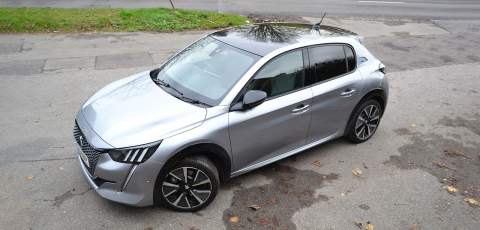


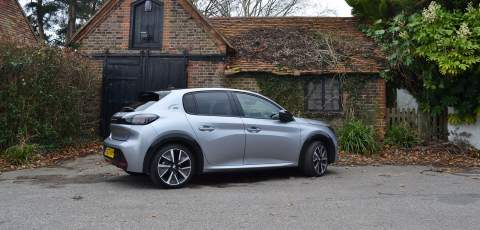
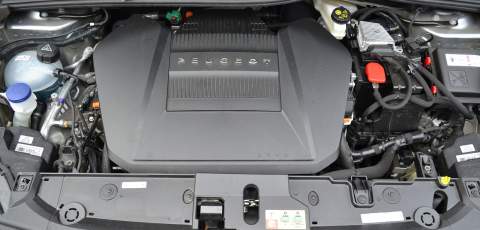
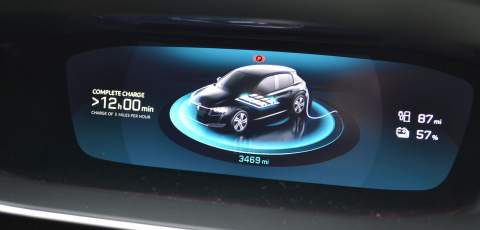
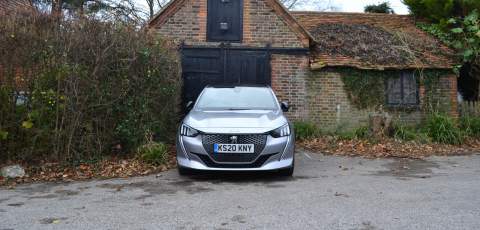
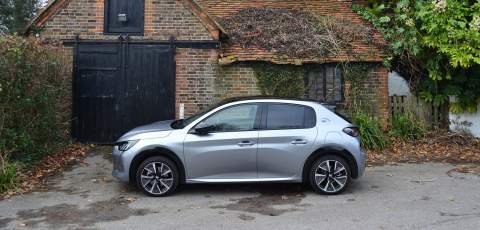
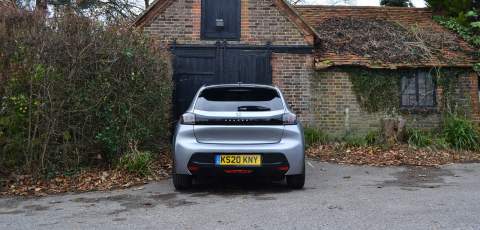
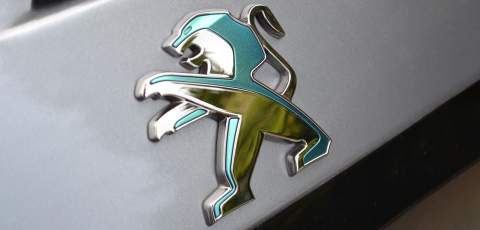
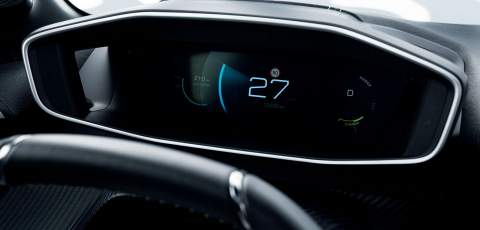
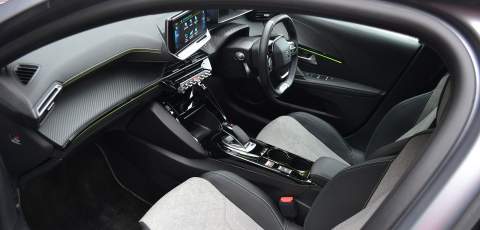
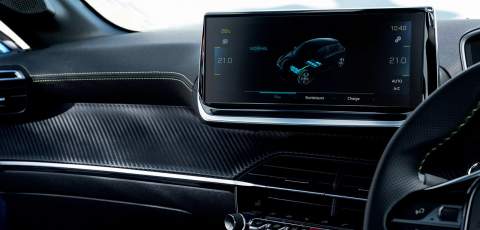
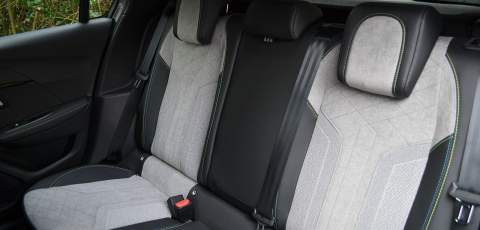
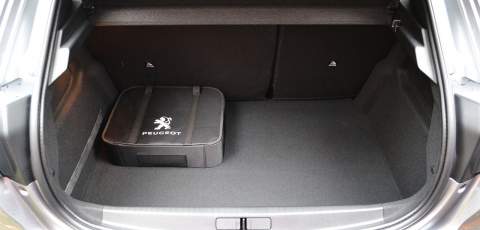
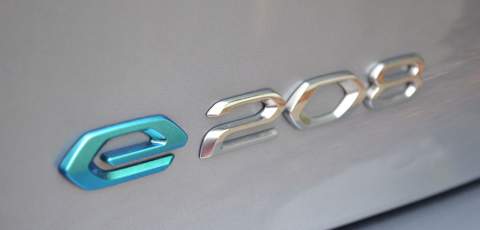

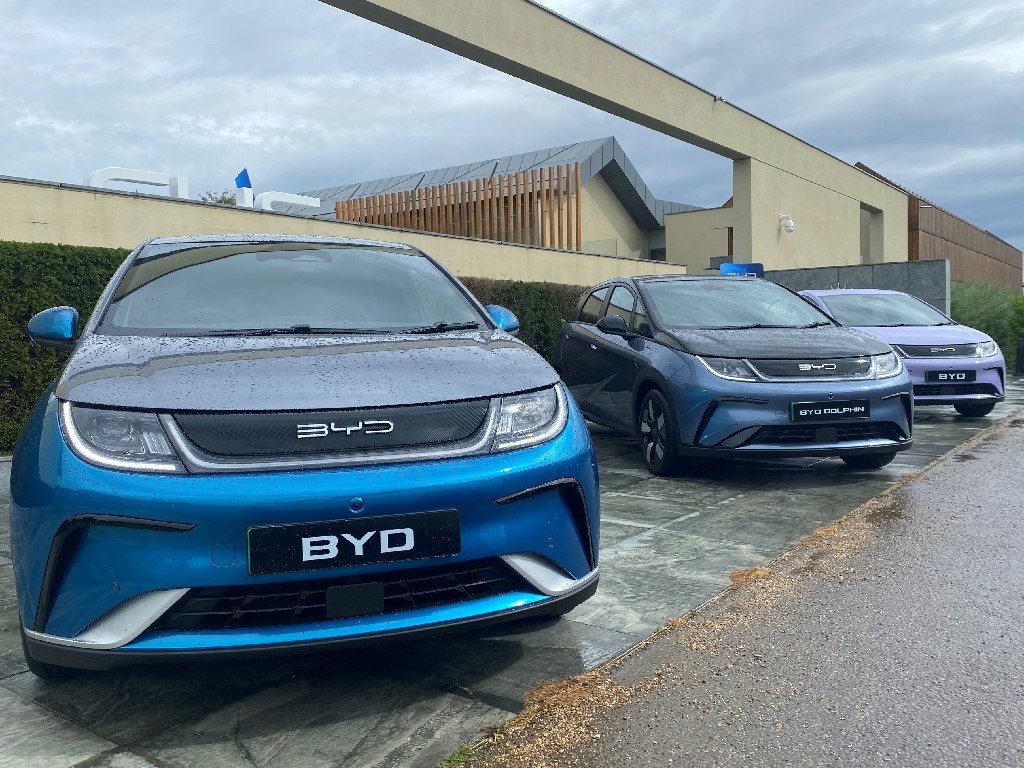
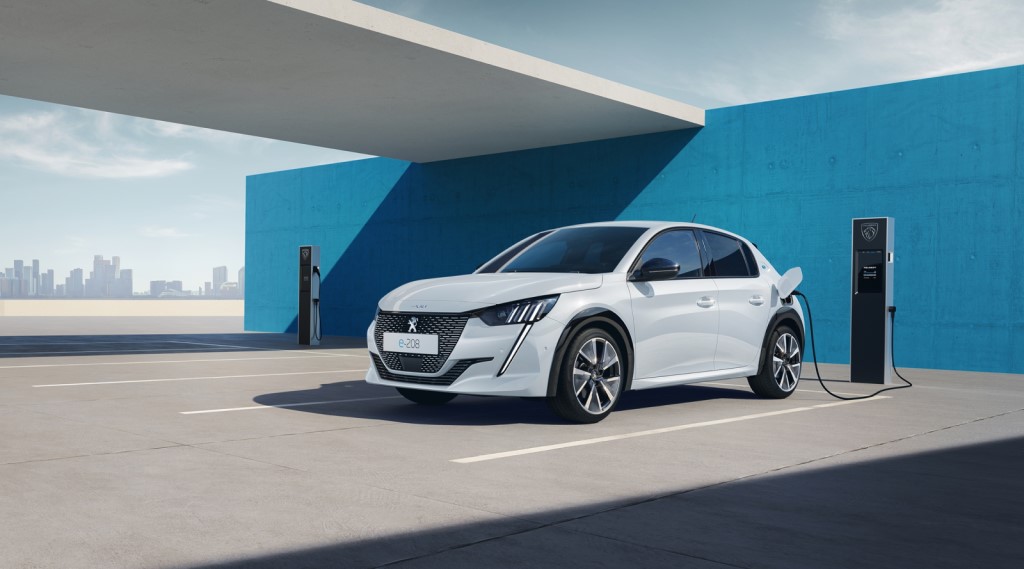
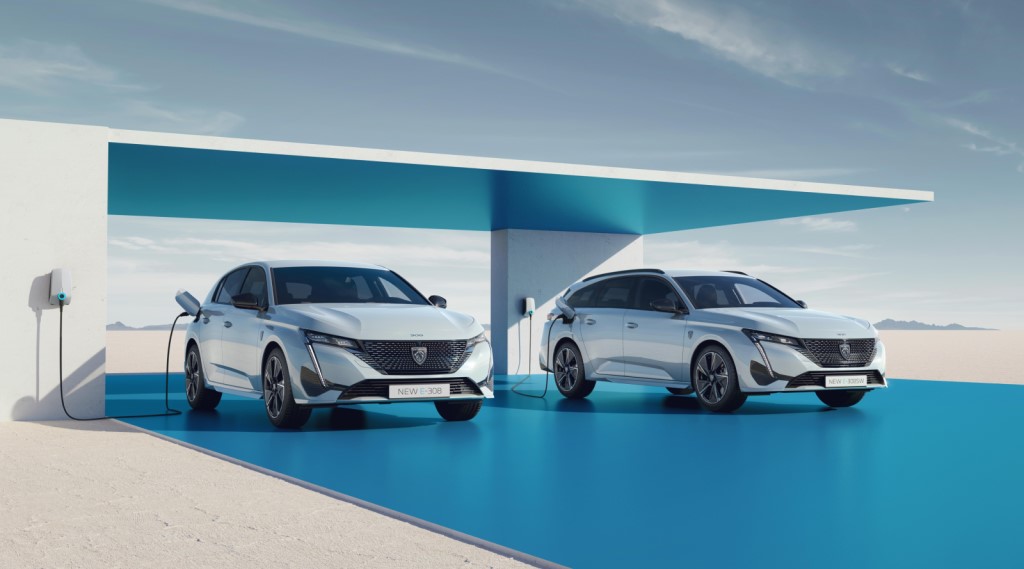
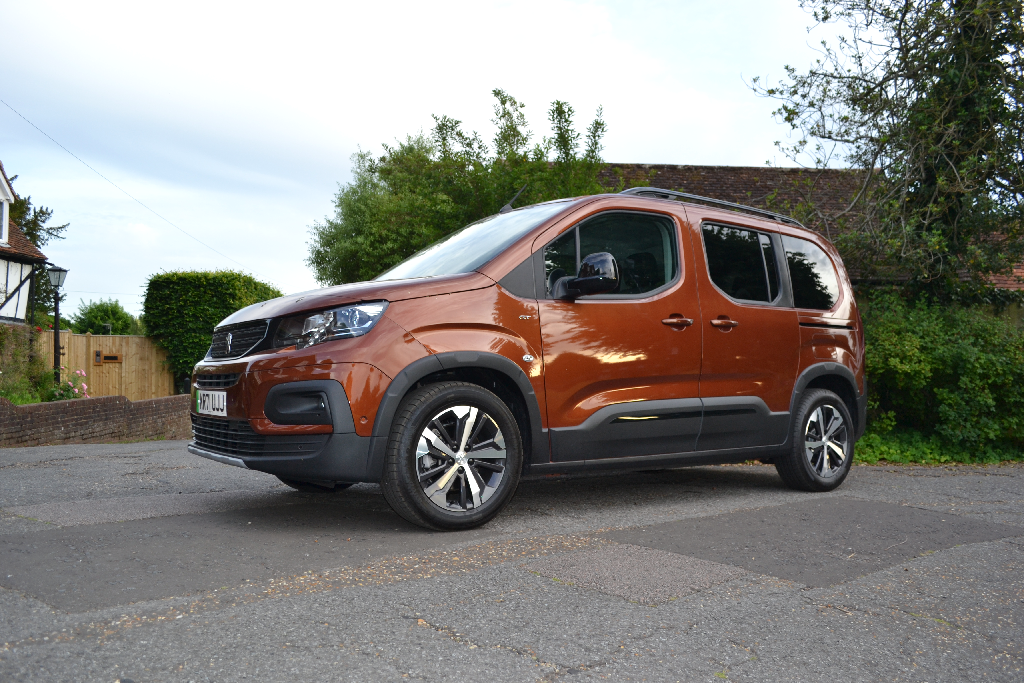
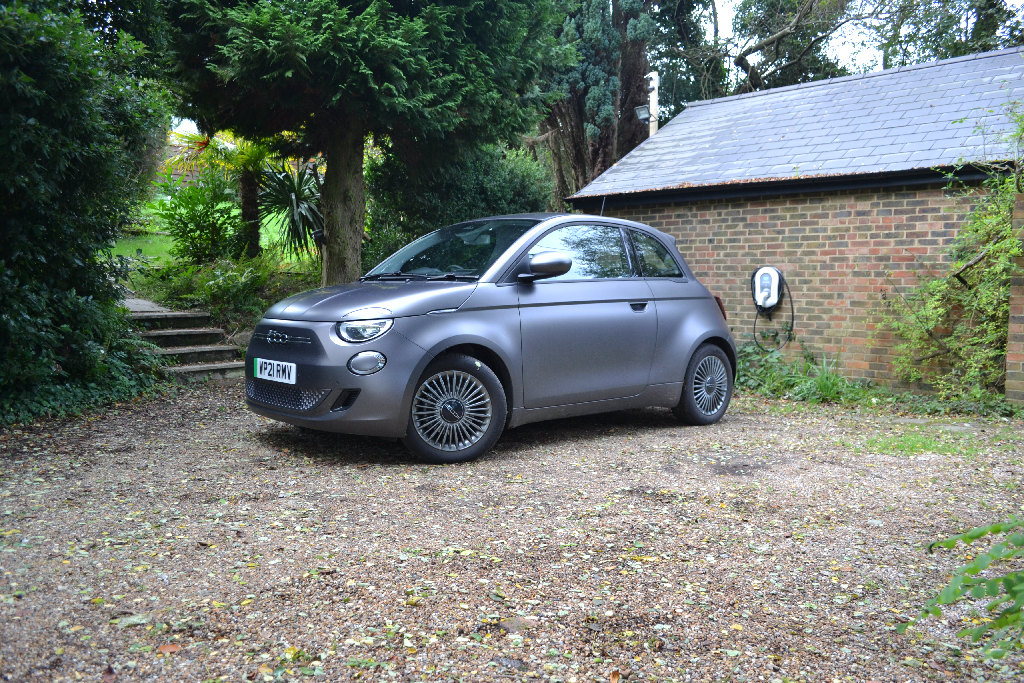
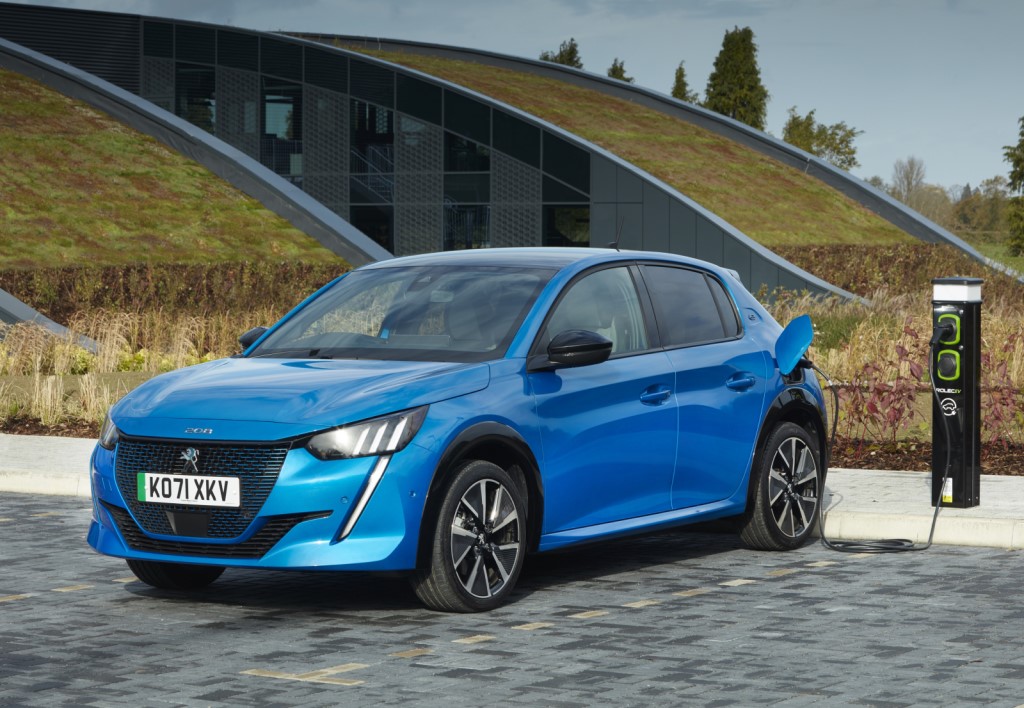

Comments (0)
Be the first to write a comment
Login/ Signup